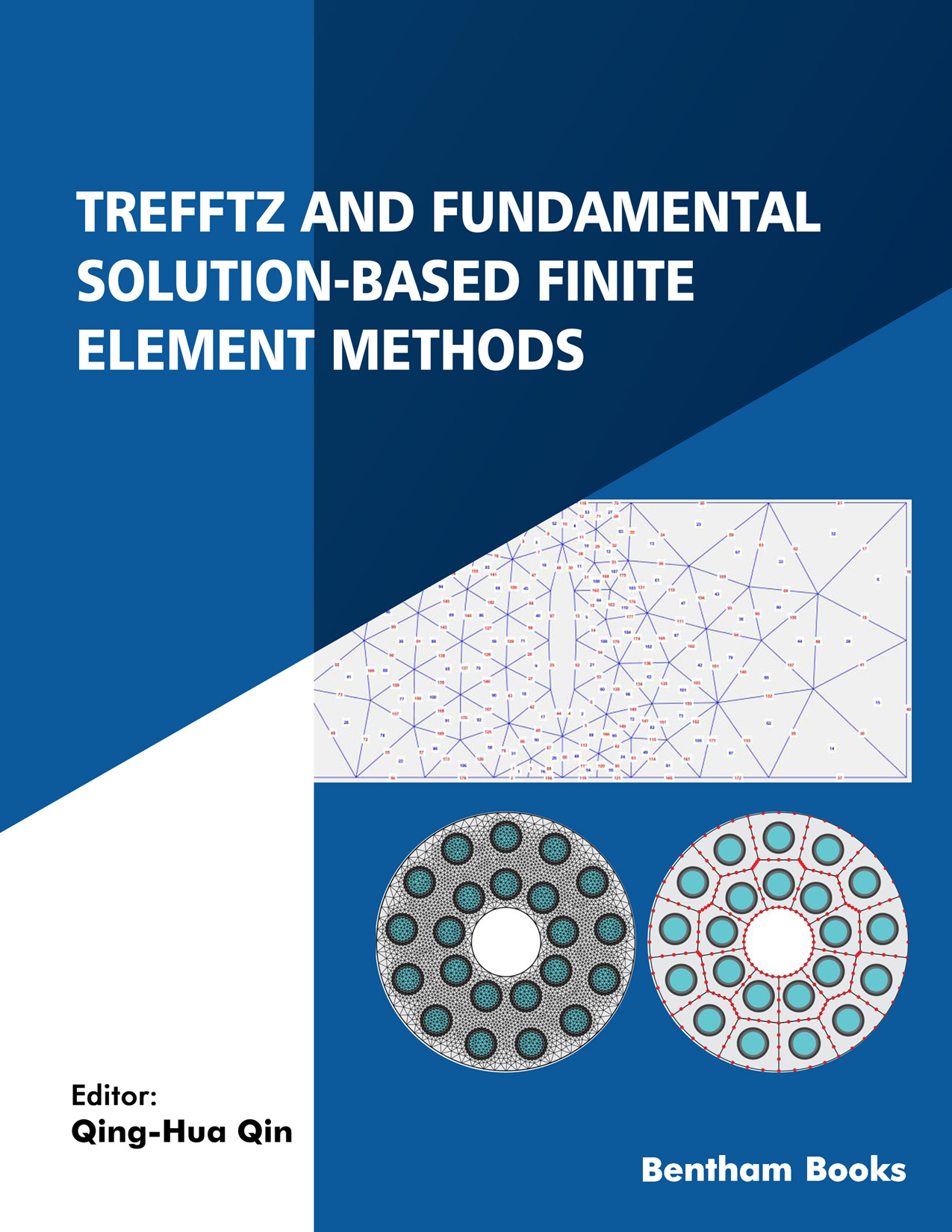Preface
Articles on Trefftz and fundamental solution-based finite element methods (FEM), also known as boundary type FEM, have been published widely in journals attracting the attention of both researchers and engineers with backgrounds in materials science, mechanical engineering, applied physics, mechanics of solids, and applied mathematics. There is, however, not a single-volumed document that can provide both comprehensive and technically detailed coverage of this field that has been available up to the present. Now it seems timely to collect the research results and to present a collective approach of these useful but scattered data, while this data should be made available to professional researchers, scientists, engineers and students in materials engineering and applied mechanics, e.g., physicists, mechanical and materials scientists.
Unique in its direct and comprehensive approach, the aim of this book is to fill the gap mentioned above and present fundamental knowledge of boundary type FEM and comprehensive treatment of its algorithms. The volume summarizes the current state of practice and presents the most recent research outcomes in the subject. It details the development of each of the ideas and techniques beginning with fundamental principles, and new concepts are illustrated with simple examples wherever possible.
This book will be more focused on fundamental aspects of Trefftz FEM and fundamental solution based-FEM. The book will be written for scientists and engineers working in industry and academia. A major distinction in comparison with other books will be that it will provide a comprehensive, up-to-date perspective from well-known, distinguished scientists and experts in the field. Indeed, there is no such book out there at present and we believe this book has significant potential to make a real difference.
Trefftz and fundamental solution-based FEM is a broad field, and, practically speaking, this book can only cover a fraction of the many relatively advanced topics. It consists of two major parts: Part I Trefftz FEM and Part II fundamental solution-based FEM. In the first part, Chapter 1 gives an introduction and overview of the hybrid-Trefftz FEM. Basic concept and general element formulations of the method are described. Chapters 2 to 4 discuss selected topics of non-homogeneous parabolic problems, thermal analysis of composites, and heat conduction in nonlinear functionally graded materials. In part II of the book, following a brief summary of the fundamental solution based-FEM, Chapters 6 and 7 discuss axisymmetric potential problems and Rotordynamic Response of Tapered Composites. Finally, Chapters 8 and 9 cover n-sided polygonal hybrid finite elements and piezoelectric materials.
The editor is grateful to the contributors for their timely contribution and patience while the chapters were being processed and reviewed. We are greatly indebted to reviewers for their generous help and time given to review the chapters. Finally, the editor must thank the Bentham Science editor and staff for their support in bringing out this book.
Qing-Hua Qin
Department of Engineering
Shenzhen MSU-BIT University
Shenzhen, 518172
China

